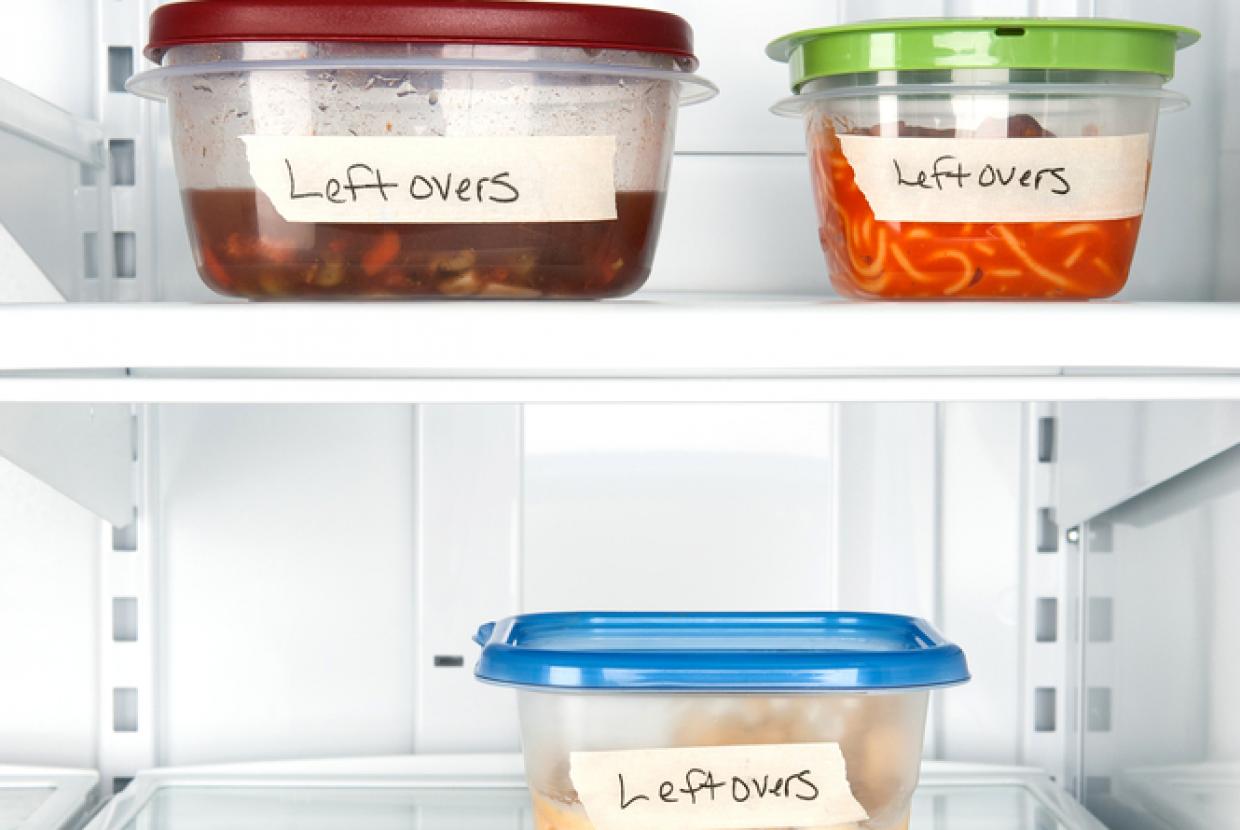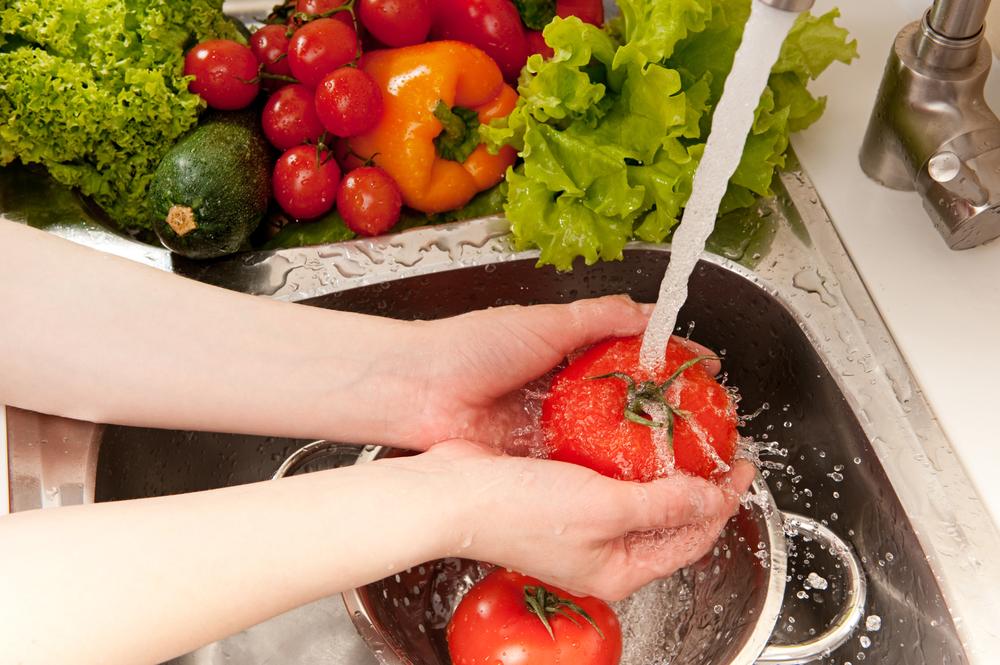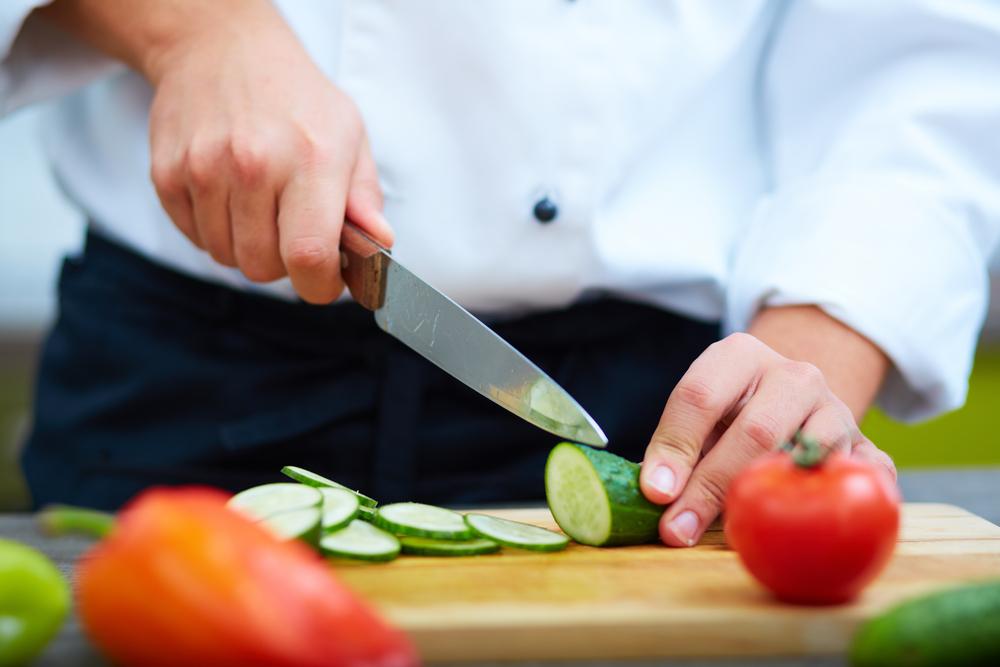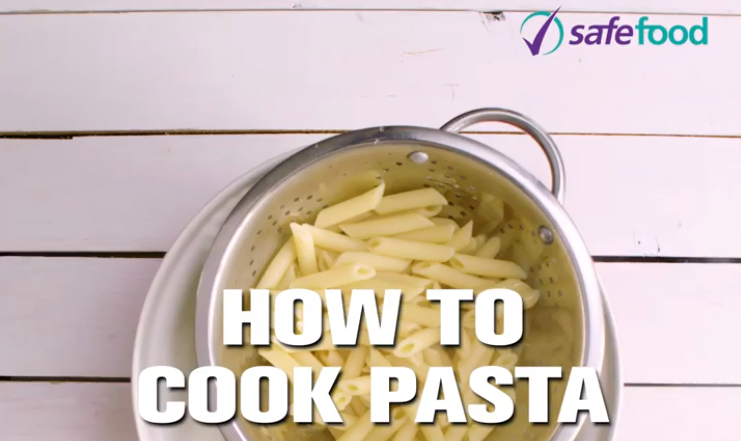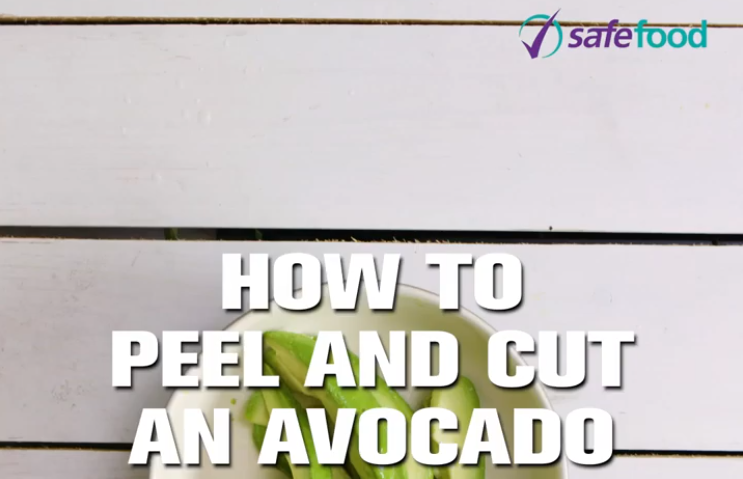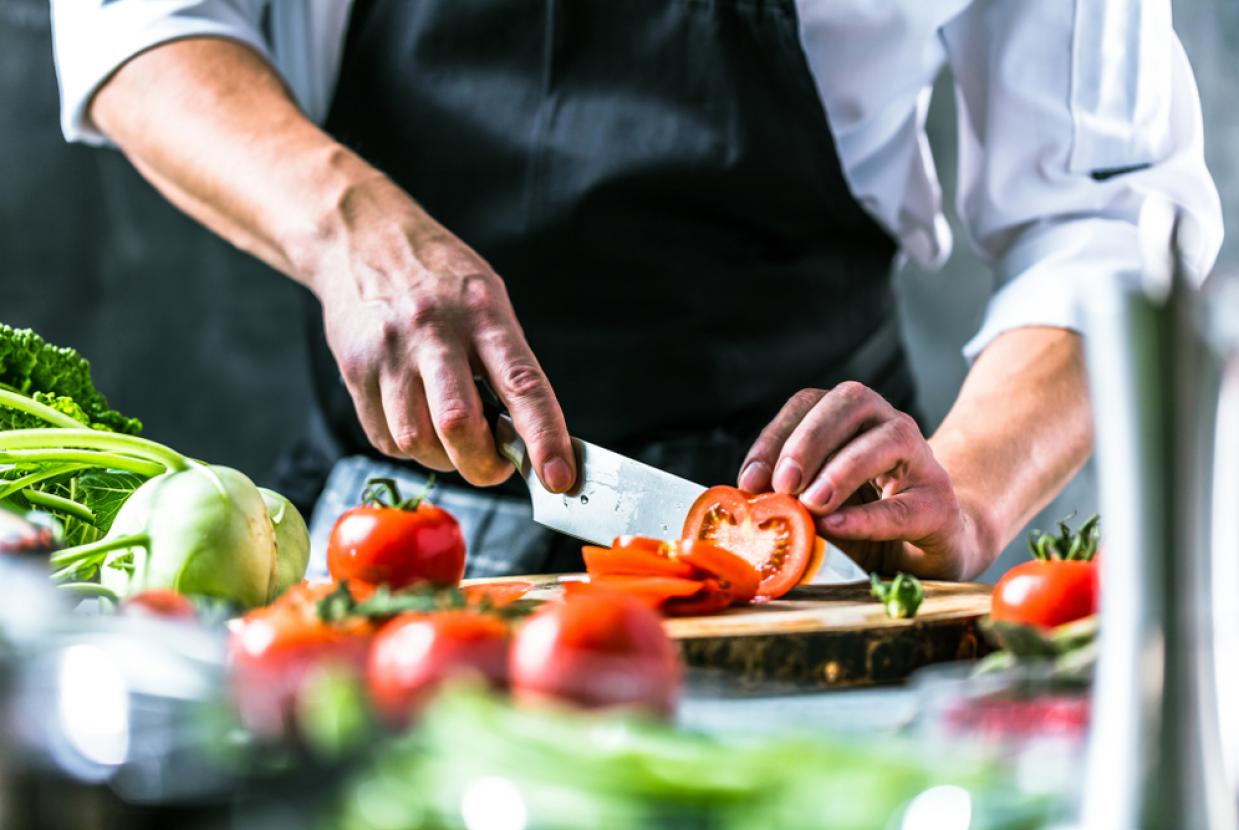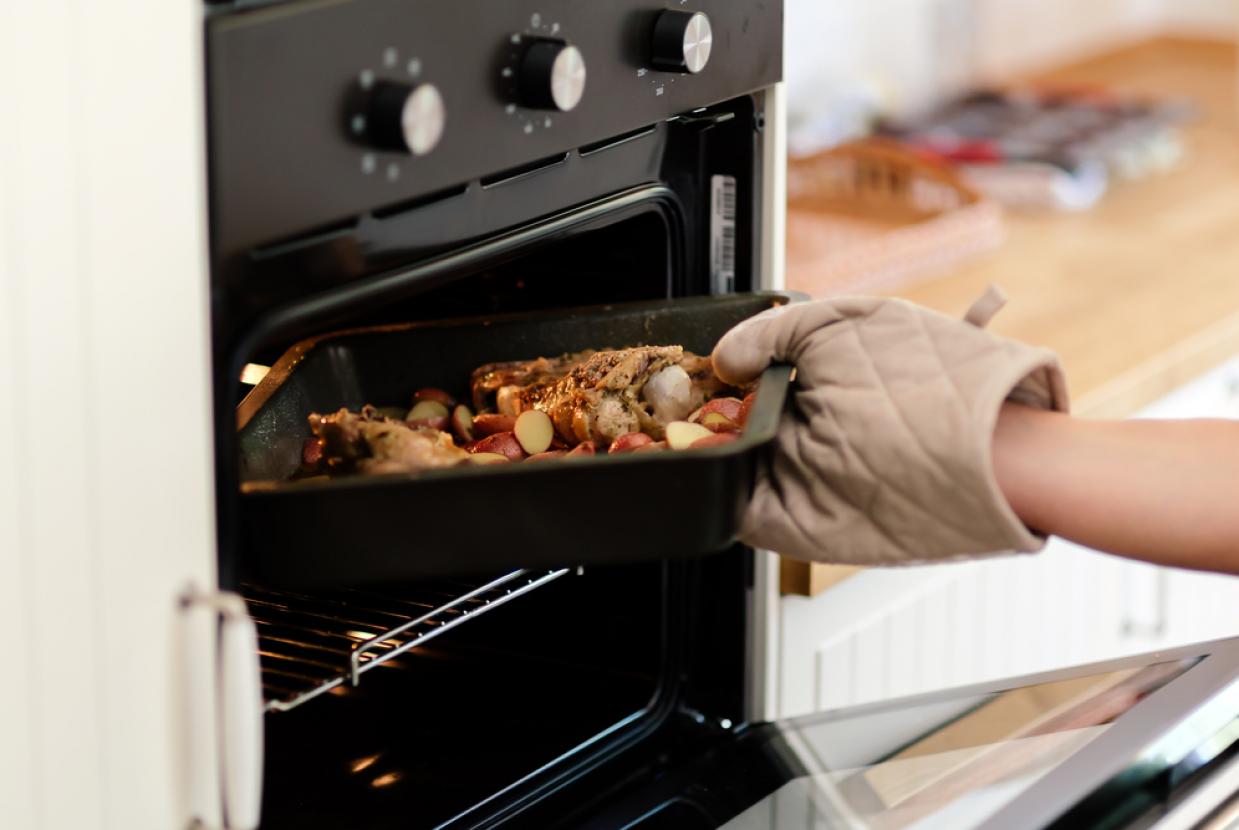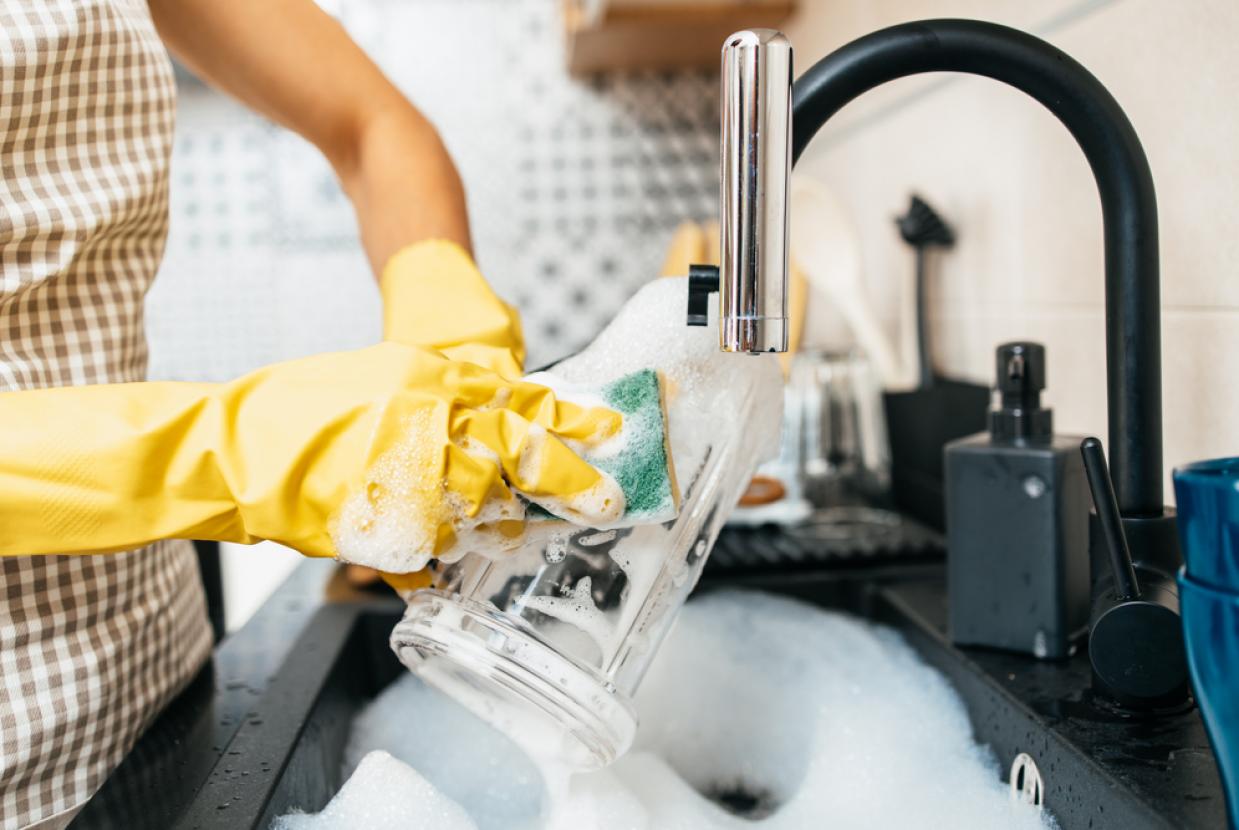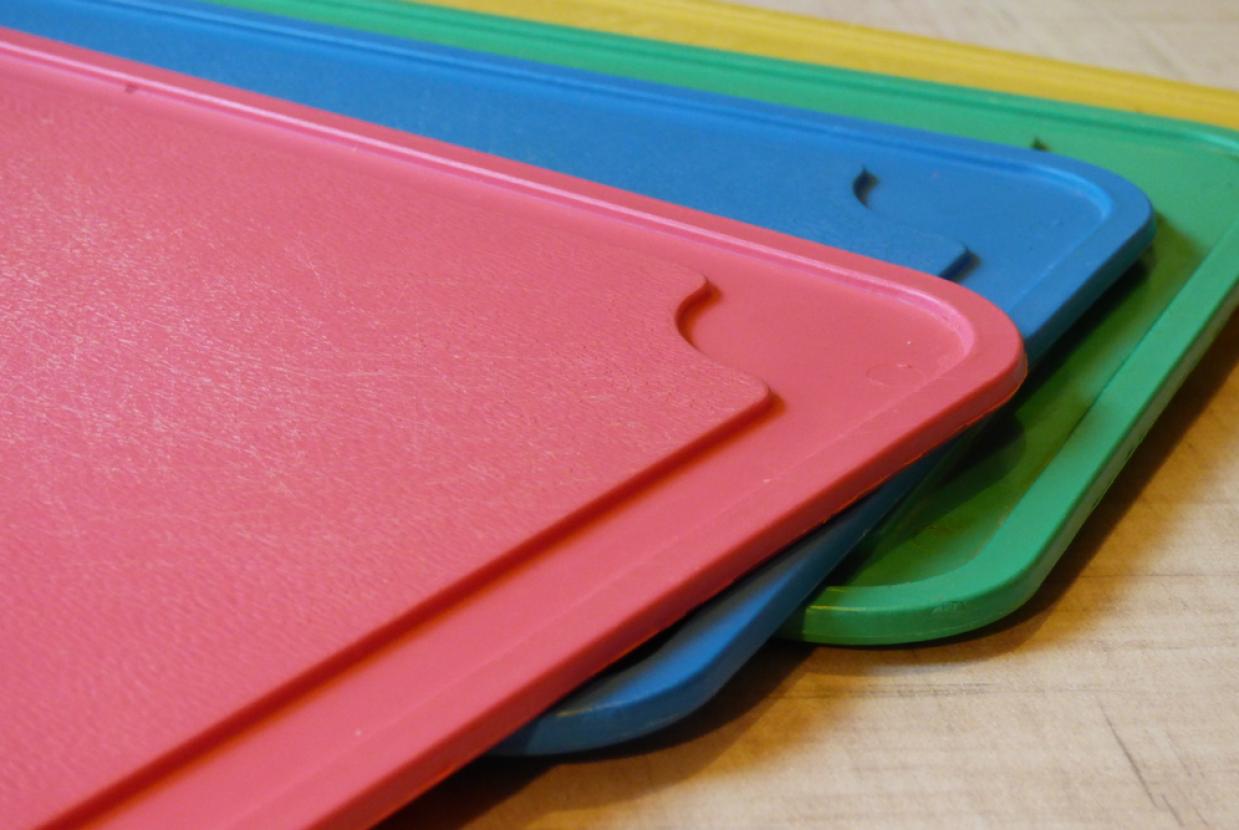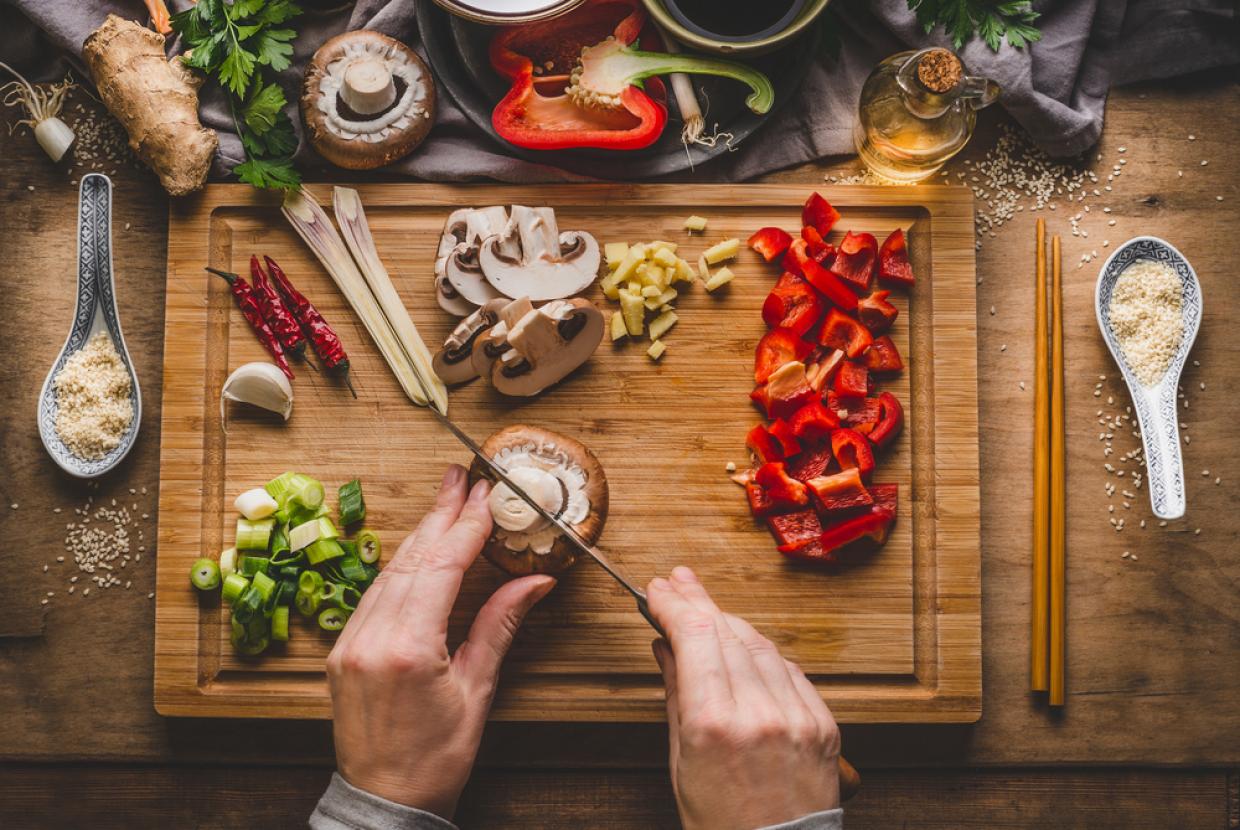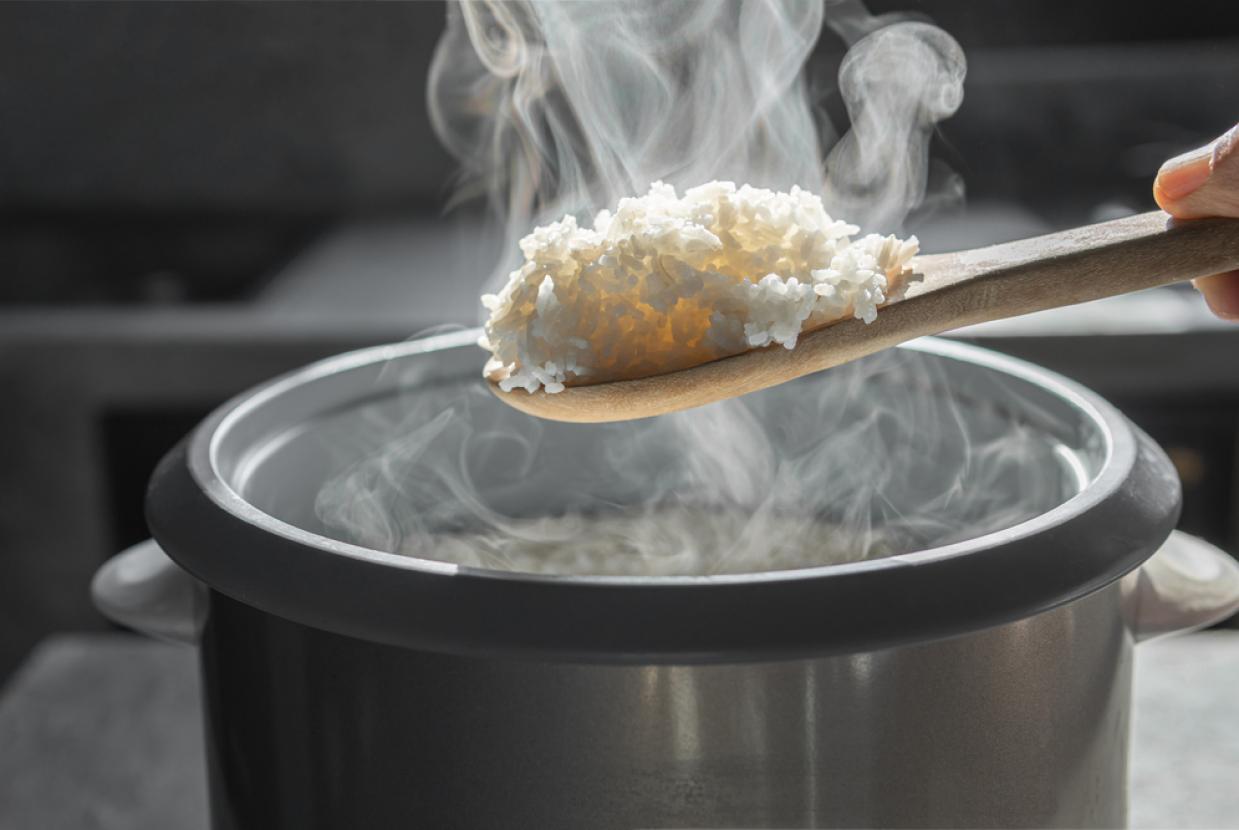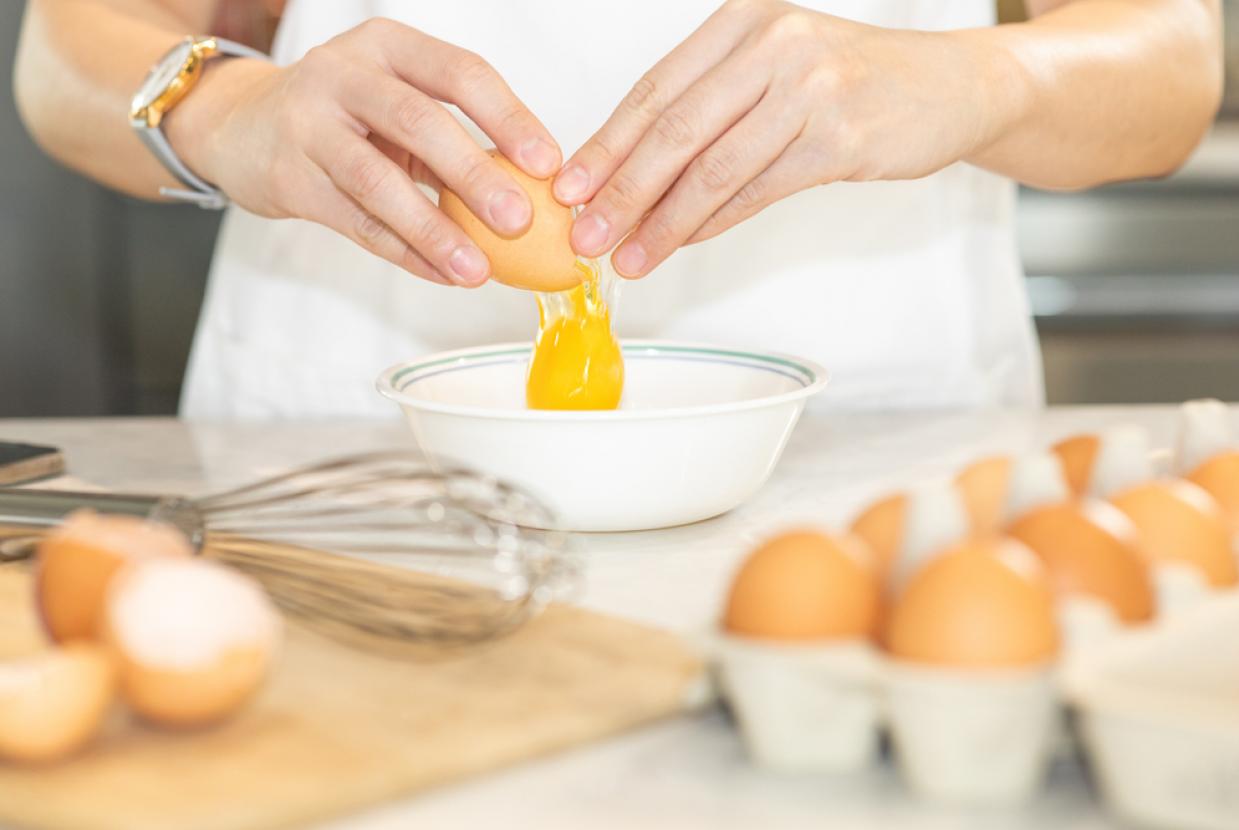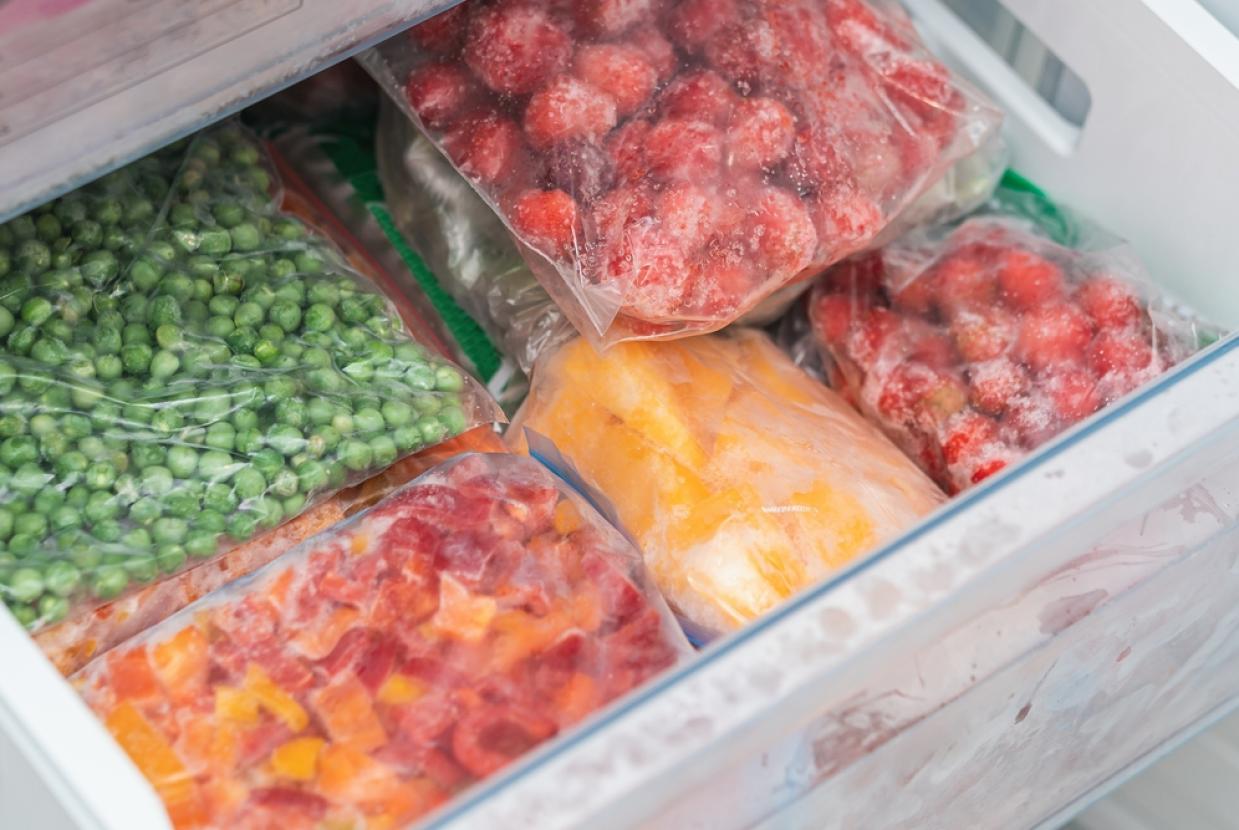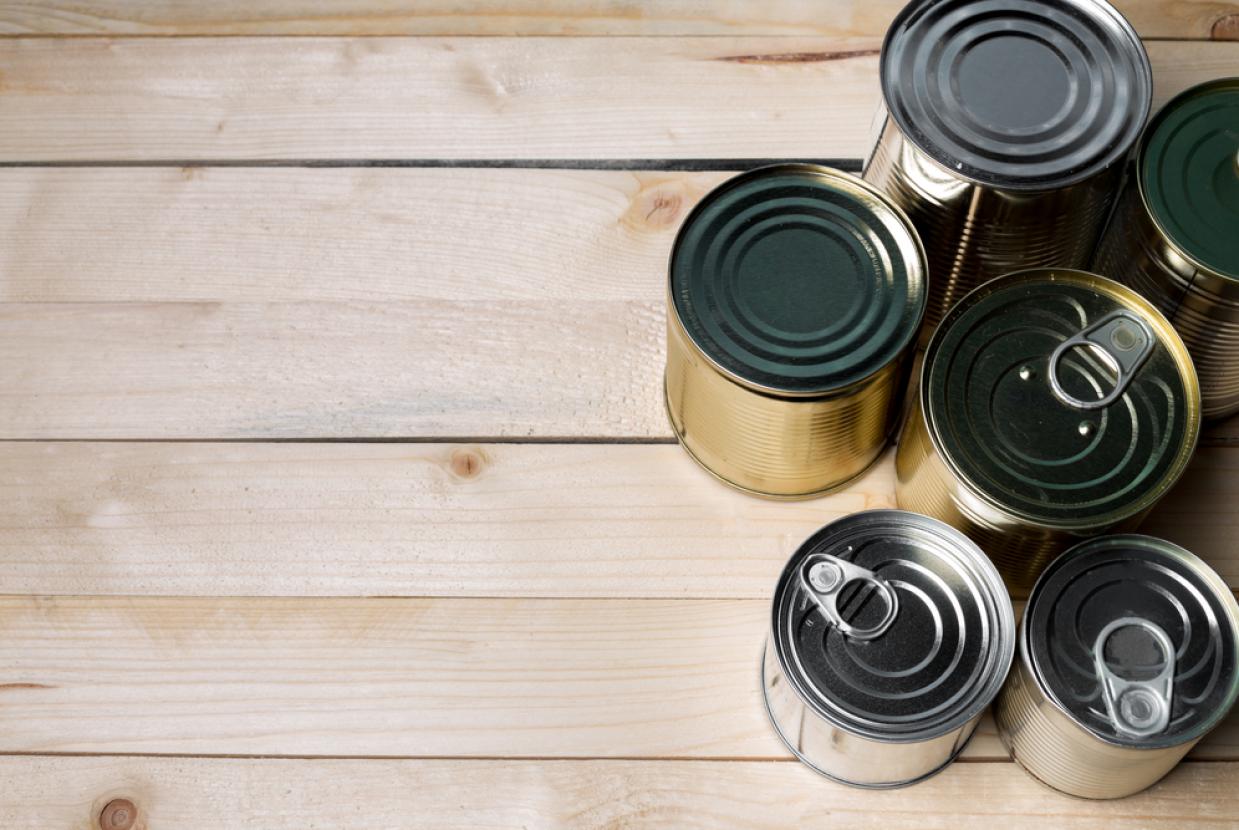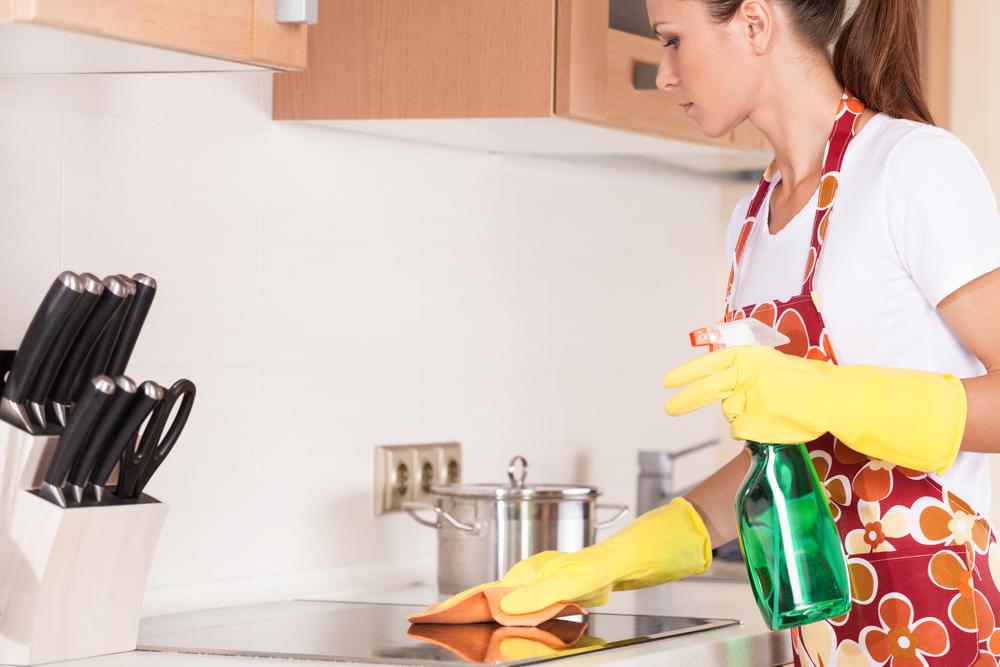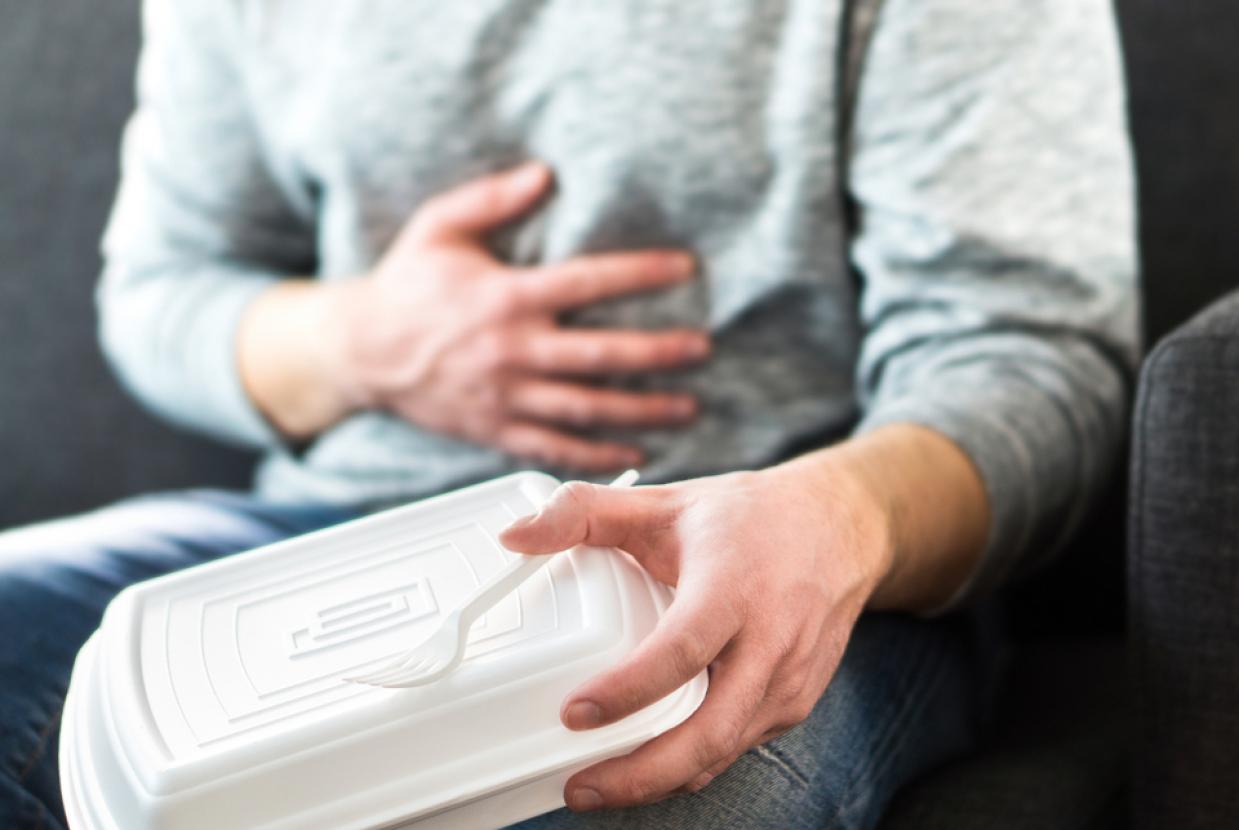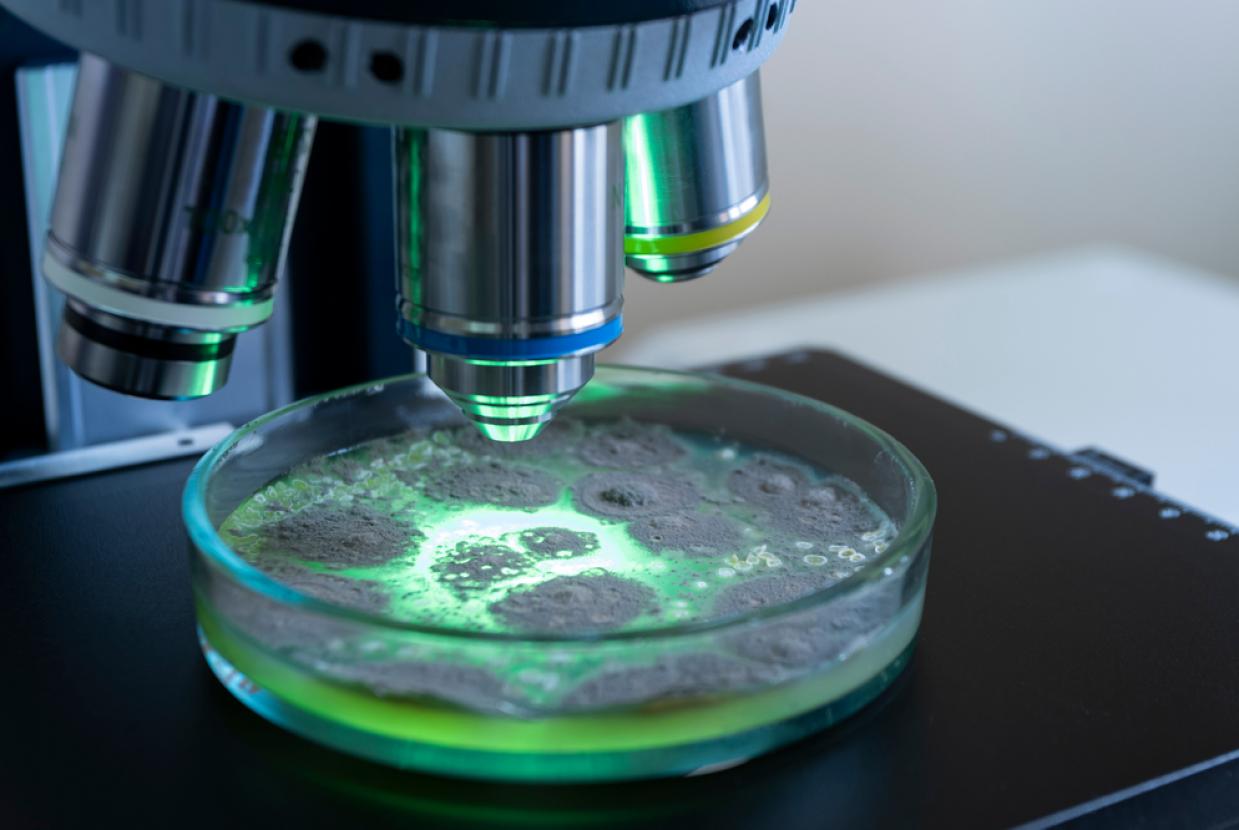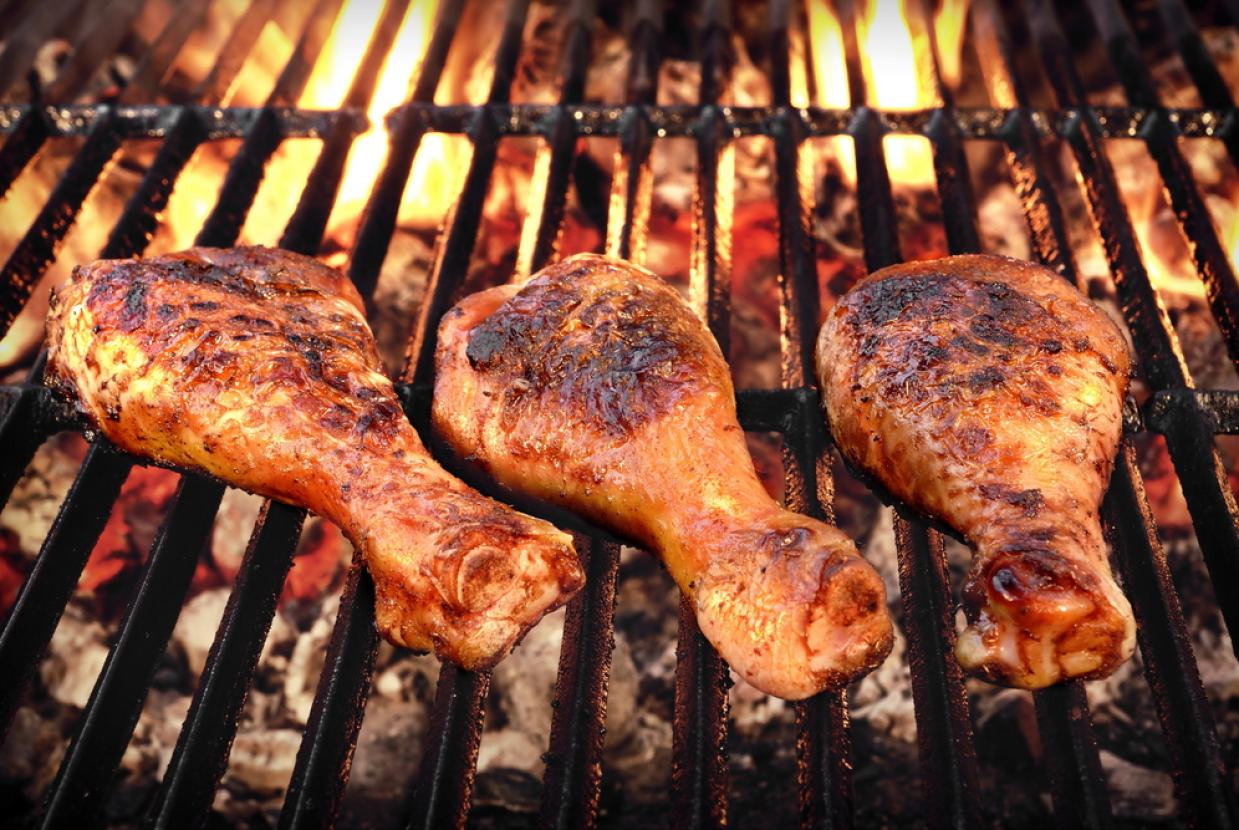How To Store Food & Leftovers
Some foods need to be kept in the fridge to help slow down germs' growth and keep food fresh and safe for longer. These are foods marked with a "use by" date and "keep refrigerated" on the label, such as milk, meat and ready meals. Cool down leftovers as quickly as possible (within 2 hours), store them in the fridge and eat them within 2 days.
Avoid putting open tin cans in the fridge, as the food inside may develop a metallic taste. Follow the manufacturer's instructions or place the contents in a storage container or covered bowl before refrigerating.
Fridge maintenance
- Keep your fridge temperature at 5C or below.
- If your fridge has a digital temperature display you may wish to check it against an internal fridge thermometer now and again to make sure it's accurate.
- Clean and inspect your fridge regularly to ensure it remains hygienic and in good working order.
"Use by" dates
No food lasts forever, how ever well it is stored. Most pre-packed foods carry either a "use by" or a "best before" date. "Use by" dates appear on foods that go off quite quickly. It can be dangerous to eat foods past this date. "Best before" dates are for foods with a longer life. They show how long the food will be at its best.
Food can look and smell fine even after its "use by" date but that does not mean it's safe to eat. It could still contain bugs that could make you ill. Eating food past its "best before" date is not dangerous, but the food may not be good quality.
Freezing food
You can freeze pretty much everything, including:
- yoghurt
- cheese (except soft cheese as the freezing process affects the texture)
- milk
- meat
- fish
- eggs, including boiled eggs
- bananas: peel and wrap them or place in an airtight container before freezing
- baked goods
- rice
- bread
Anything with a high water content like strawberries and tomatoes will go squishy but are still fine to cook with. Place food in an airtight container or wrap it tightly in freezer bags or similar before placing in the freezer otherwise the cold air will dry it out.
Storing eggs
Eggs are best stored in the fridge as they are kept at a constant temperature. Eggs can also be frozen. There are 2 ways to freeze eggs:
- crack the egg and separate yolks and whites into separate plastic containers or food bags before freezing. This is handy for baking
- crack the egg into a plastic tub and beat it before freezing – great for omelettes and scrambled eggs
You can safely store a boiled egg in the fridge for a couple of days. Boiled eggs can also be frozen.
Storing meat and poultry
It's important to store meat safely in the fridge to stop bacteria from spreading and avoid food poisoning.
- store raw meat and poultry in clean, sealed containers on the bottom shelf of the fridge
- follow any storage instructions on the label and do not eat meat after its use by date
- keep cooked meat separate from raw meat and ready-to-eat foods in general
Freezing and defrosting meat and fish
It's safe to freeze meat and fish as long as you:
- freeze it any time before its use by date
- defrost meat and fish thoroughly before cooking – lots of liquid will come out as meat thaws, so stand it in a bowl to stop bacteria in the liquid spreading to other things
- defrost meat or fish in a microwave if you intend to cook it straight away or, if not, defrost in the fridge overnight so it doesn't get too warm
- cook food until it's steaming hot throughout
Make sure meat is properly wrapped in the freezer or it might get freezer burn, which can make it tough and inedible. Date and label meat in the freezer and eat it within 24 hours of defrosting.
You can freeze meat for a long time and it will still be safe to eat, but the quality will deteriorate so it's best to eat it within 3 to 6 months. Do not worry if it's frozen for longer – try marinating it before cooking to improve texture or use herbs and spices to add flavour.
Refreezing meat and fish
Never refreeze raw meat (including poultry) or fish that has been defrosted. You can cook frozen meat and fish once defrosted, and then refreeze them.
You can refreeze cooked meat and fish once, as long as they have been cooled before going into the freezer. If in doubt, do not refreeze. Frozen raw foods can be defrosted once and stored in the fridge for up to 24 hours before they need to be cooked or thrown away. To reduce wastage, divide the meal into portions before freezing and then just defrost what you need.
Using leftovers
Do not throw away leftovers – they could be tomorrow's lunch! Follow these tips to make the most of them:
- cool leftovers as quickly as possible, ideally within 2 hours
- divide leftovers into individual portions and refrigerate or freeze
- use refrigerated leftovers within 2 days
- when reheating food, make sure it is heated until it reaches a temperature of 70C for 2 minutes, so that it is steaming hot throughout
- always defrost leftovers completely, either in the fridge or in the microwave
- when defrosted, food should be reheated only once, because the more times you cool and reheat food, the higher the risk of food poisoning
- cooked food that has been frozen and removed from the freezer should be reheated and eaten within 24 hours of fully defrosting
- foods stored in the freezer, such as ice cream and frozen desserts, should not be returned to the freezer once they have thawed
- for safety and to reduce waste, only take out of the freezer what you intend to use within the next 24 hours
Reusing bags
With more people reusing single-use plastic carrier bags or using a reusable bag for life, you can help prevent bacteria spreading to ready-to-eat food by:
- packing raw foods separately from ready-to-eat foods, in separate bags
- keeping 1 or 2 reusable bags just for raw foods only – do not use the same bags for ready-to-eat foods
- checking your bags for spillages, such as raw meat juices or soil, after every use
If there has been any spillage, soiling or damage, plastic bags for life or single-use plastic carrier bags should ideally be disposed of. Cotton and fabric-based bags for life can be put in the washing machine.


